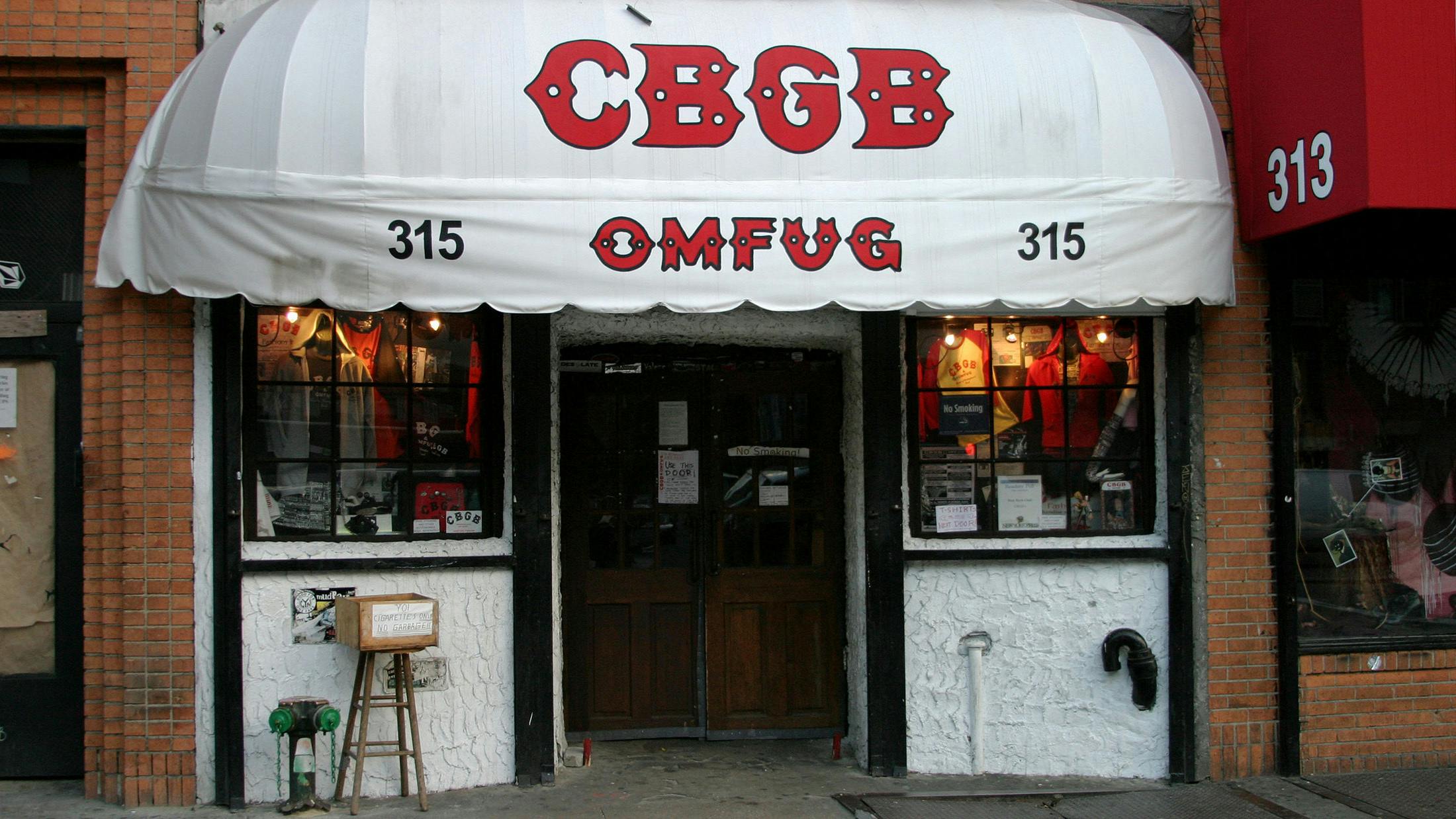What makes Gilman a rarity is that its doors are still open. Many similar venues have long since closed, victims of encroaching gentrification, urban rezoning, corporate competition and countless other threats. To paraphrase This Is Spinal Tap’s fictional auteur Marty DiBergi, “Don’t look for them – they’re not there anymore.” And if you think it’s crazy that such historic landmarks have disappeared, the problem hasn’t gone away. If anything, it’s worse than ever.
“In 2014, we noticed that venues were closing and new ones weren’t opening,” says Mark Davyd, owner of the Tunbridge Wells Forum, a former public toilet that is now one of the country’s finer live venues. Davyd is also founder of the Music Venue Trust, which aims to protect, secure and improve grassroots music venues in the UK. According to Davyd, when he founded the MVT, 35 per cent of the UK’s venues had closed over the previous 10 years. Between 2007 and 2015, in London alone, the number of smaller music venues tumbled from 136 to 88, with further closures claiming long-standing clubs like the 12 Bar (located in Denmark Street, once the heart of the music business, but now scheduled for brutal redevelopment), Hackney DIY venue Power Lunches (which hosted key gigs by the likes of Rolo Tomassi and White Lung) and Islington’s Buffalo Bar (whose stage was graced by Frank Turner, Part Chimp and Future Of The Left, among many others).
“Our landlords went out of business, so all of their properties were put up for sale,” remembers Buffalo Bar’s former manager and co-owner Michael Urwin, who only discovered their new owners were planning to evict the club from the premises after discovering a notice pinned to their office door giving them three months to vacate the building. The Buffalo Bar swiftly went to work to try to save the club, gathering thousands of signatures on a petition to preserve the venue, and winning the support of their local MP, Emily Thornberry, who brought up the issue of venues closing in the House Of Commons. “The petition was presented to the new landlord’s offices,” adds Michael. “They simply did not respond. Any chance of negotiation was clearly out of the question.” The venue closed for good before New Year’s Day 2015.
The problem is not confined to the UK capital, where skyrocketing rents have proven such a scourge for venues. Bristol’s The Fleece, a legendary 450-capacity room that’s witnessed shows by Queens Of The Stone Age and Muse, has been struggling since its rates were raised by 404 per cent in 2017 and residents of nearby luxury flats began making noise complaints, while gentrification threatens the city’s long-standing Thekla bar. The Bierkeller – where Nirvana played in 1991 – closed in February 2018. It’s a pattern playing out across the UK – beloved grassroots venues like Norwich’s Owl Sanctuary, Edinburgh’s Electric Circus and Leeds’ The Cockpit are already gone, while the likes of Birmingham’s The Flapper or London’s historic 100 Club are facing extinction.
What’s causing this epidemic? “There isn’t one simple reason,” says Mark Davyd. “A lot of people think it’s merely a case of noise complaints, or gentrification. In reality, it’s a combination of 22 differing contributing factors, any three or four of which might apply to each closing venue.”
A common thread uniting many closures, however, is the difficulty of making music venues work as businesses.
“We’ve a good business model here, because we’re also a pub and we have a late licence. We couldn’t survive just being a music venue,” says Stacey Thomas, who owns and runs The Lexington, a 200-capacity venue in London that also serves a wide selection of whiskies and a burger worth killing for. Stacey has form here, having previously run The Buffalo Bar alongside Michael Urwin.
“The music doesn’t pay for live music – beer does. Most of the money on the door goes to the bands and the promoters. And if people aren’t drinking in your venue, it gets closed down, because you can’t afford to pay your rent or your rates, let alone things like sound engineers, lights, fixing your equipment. There should be arts funding to help these venues. Beer isn’t culture, music is. There’s money in arts funding, but live music’s not seen as culturally significant enough to save. Opera houses will get hundreds of thousands in donations to keep opera alive, which is great. But live music is dying, through a lack of funding and bad business models.”









